06.22.2021
News: City of Sacramento Passes Electrification Ordinance
Officials from the City of Sacramento recently gathered at Arch Nexus SAC, to announce an ordinance requiring new homes, low-rise apartment buildings and commercial structures to run entirely on electricity starting in 2023. The City Council approved the ordinance, aiming
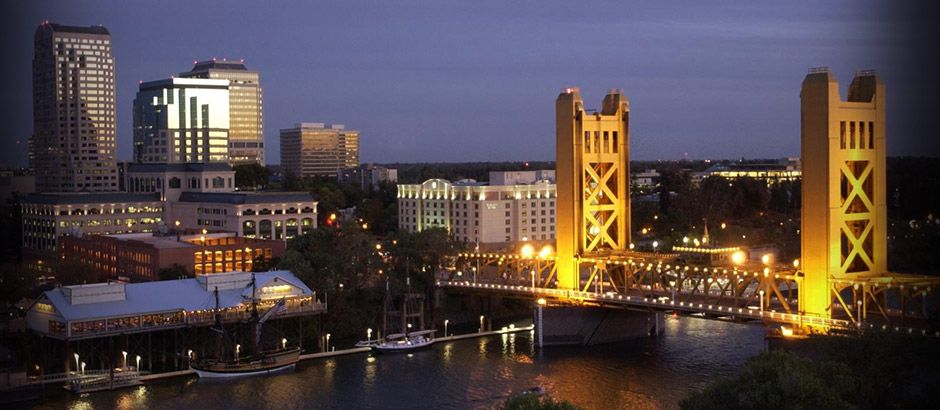
Officials from the City of Sacramento recently gathered at Arch Nexus SAC, to announce an ordinance requiring new homes, low-rise apartment buildings and commercial structures to run entirely on electricity starting in 2023. The City Council approved the ordinance, aiming to reduce greenhouse gas emissions that contribute to climate change.
“We are talking about setting the new standard for building construction in Sacramento,“ said Sacramento Mayor Darrell Steinberg. The setting of the announcement was fitting, as the Arch Nexus SAC office is powered entirely by solar-generated electricity.
For complete details on Sacramento’s plan, visit the City’s new building electrification ordinance webpage. Interested parties can also learn more about electrification efforts nationwide, in this 2020 article from The Sierra Club.

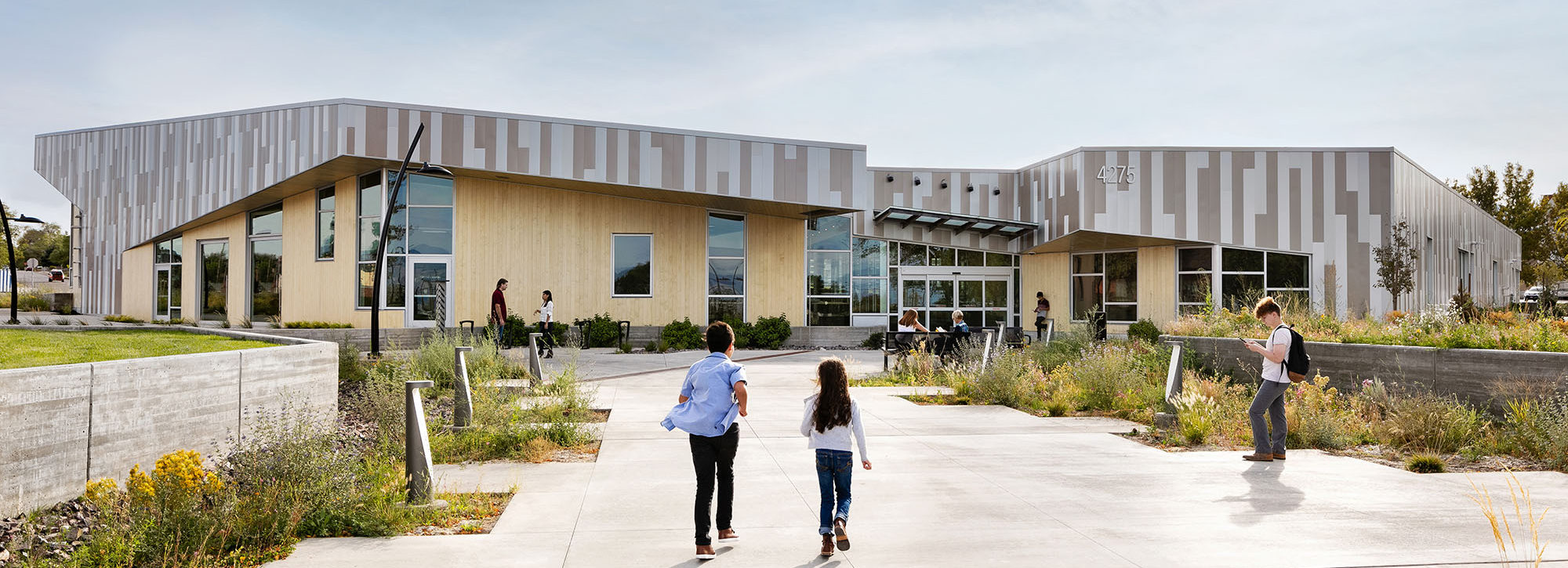
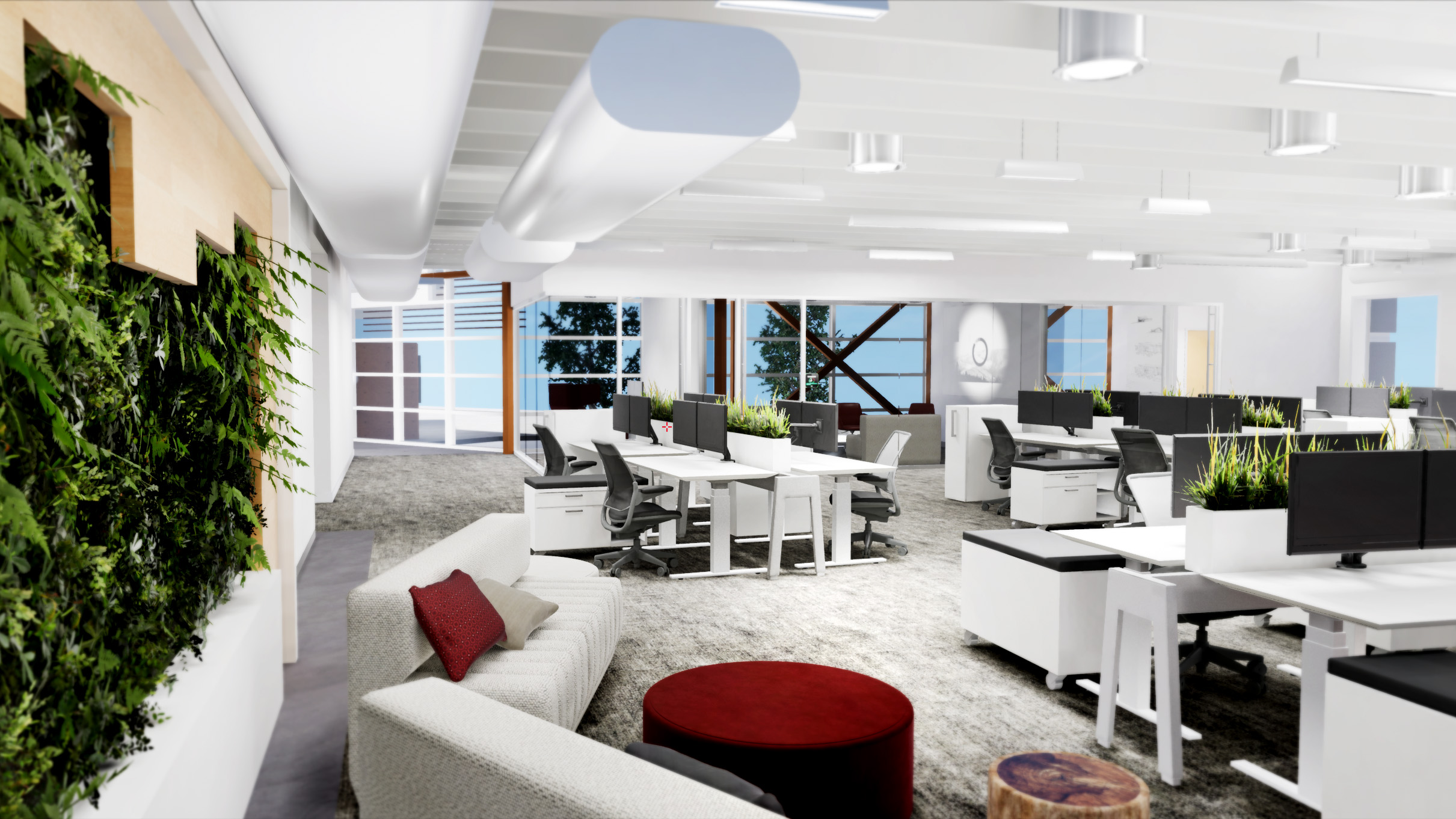
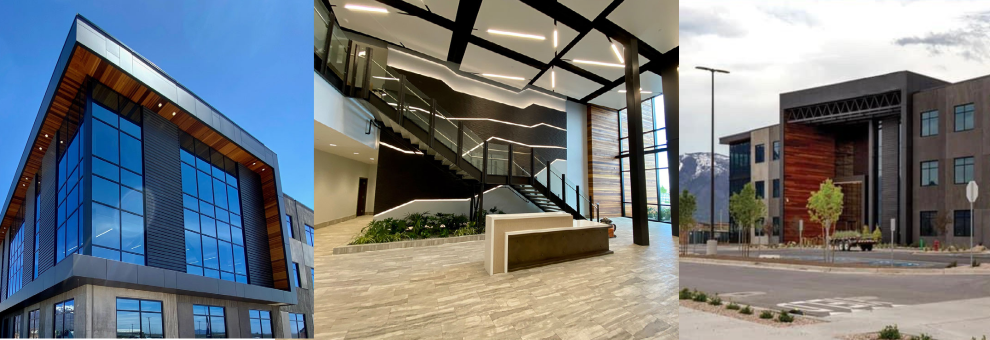





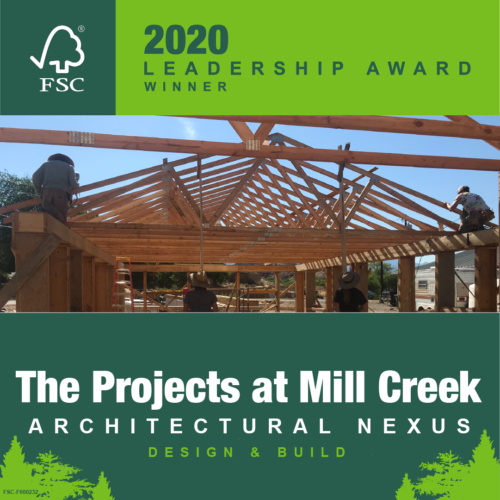
 Architects with Arch Nexus designed the new cancer hospital, and Layton Construction crews built it. It is located…
Architects with Arch Nexus designed the new cancer hospital, and Layton Construction crews built it. It is located…